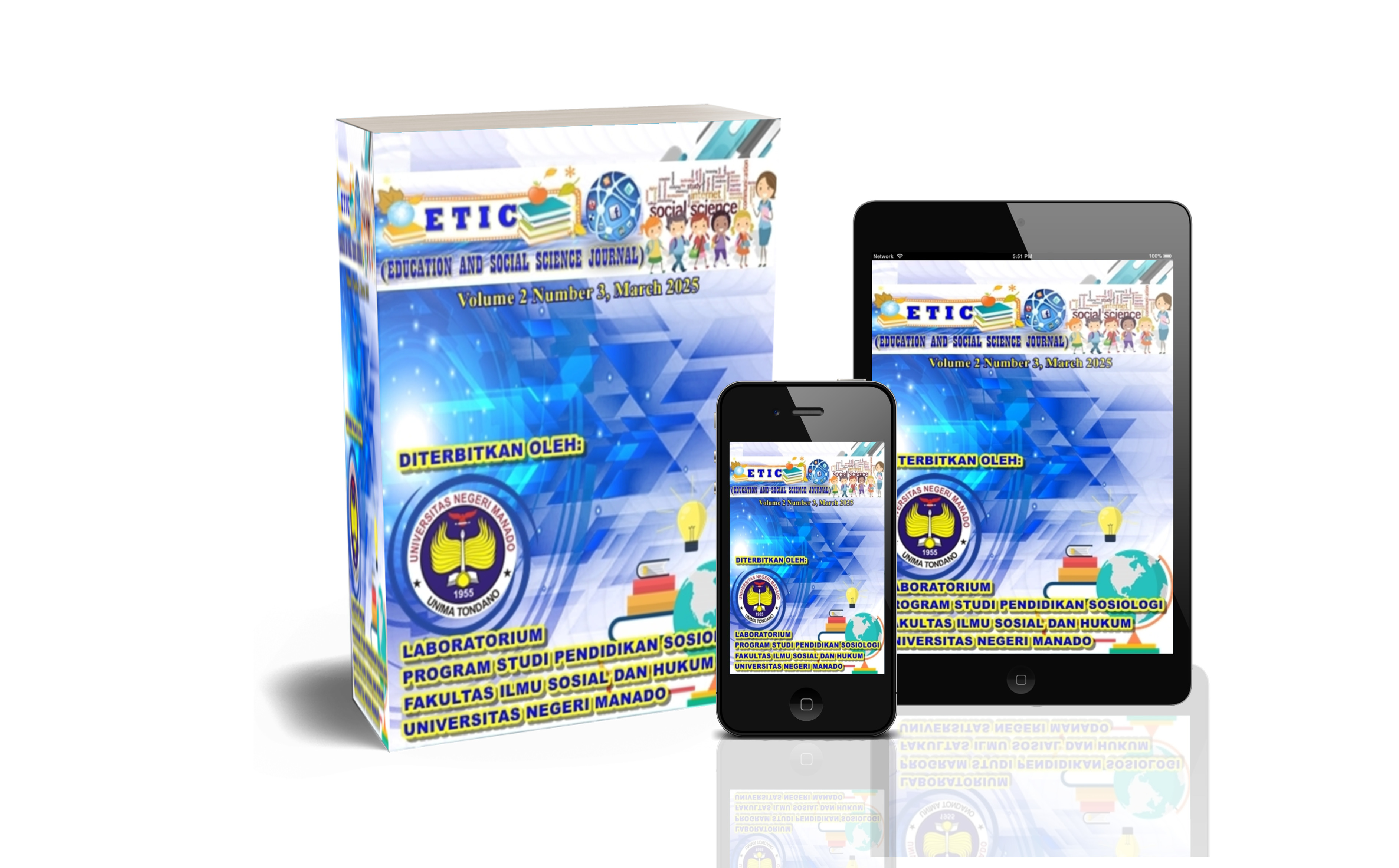Utilizing Blockchain Technology to Increase Transparency in Education in Indonesia
DOI:
https://doi.org/10.64924/7vrmkr82Keywords:
Utilizing, Blockchain Technology, Increase Transparency, Education in IndonesiaAbstract
This study aims to analyze the potential, challenges, and opportunities for implementing blockchain technology to improve educational transparency in Indonesia. The method used is a qualitative approach with a literature review, involving searching scientific articles, books, and research reports through the Google Scholar database. Data analysis was conducted using thematic analysis techniques to identify patterns and meanings relevant to the Indonesian educational context. The results show that blockchain has significant potential to prevent academic document forgery, increase education budget transparency, and facilitate the implementation of digital credentials. However, significant challenges remain, including the lack of a clear legal framework, limited technological infrastructure in certain regions, and issues regarding student data privacy. The opportunity for blockchain implementation is wide open thanks to national policy support and the readiness of some educational institutions that have experimented with blockchain application prototypes. This study recommends that blockchain implementation be carried out in stages, accompanied by human resource training and strengthening regulations on personal data protection. These findings are expected to serve as a reference for policymakers and education practitioners in adopting blockchain technology to improve educational transparency and accountability in Indonesia.
References
Bovens, M. (2007). Analysing and assessing public accountability: A conceptual framework. European Law Journal, 13(4), 447–468.
Braun, V., & Clarke, V. (2006). Using thematic analysis in psychology. Qualitative Research in Psychology, 3(2), 77–101.
Castro, R., & Au-Yong-Oliveira, M. (2021). Blockchain and higher education diplomas. Education and Information Technologies, 26, 593–607.
Creswell, J. W. (2018). Research design: Qualitative, quantitative, and mixed methods approaches (5th ed.). SAGE Publications.
Flick, U. (2018). An introduction to qualitative research (6th ed.). SAGE Publications.
Grech, A., & Camilleri, A. F. (2017). Blockchain in education. Joint Research Centre (JRC) Science for Policy Report. Publications Office of the European Union.
Hood, C. (2006). Transparency in historical perspective. In C. Hood & D. Heald (Eds.), Transparency: The key to better governance? (pp. 3–23). Oxford University Press.
Kastawi, N. (2018). Transparansi dan akuntabilitas pengelolaan dana pendidikan. Jurnal Pendidikan dan Kebudayaan, 3(2), 101–113.
Lessig, L. (2006). Code: Version 2.0. Basic Books.
Loukil, F., Abed, M., & Boukadi, K. (2021). Blockchain adoption in education: A systematic literature review. Education and Information Technologies, 26, 4003–4035.
Parasuraman, A. (2000). Technology readiness index (TRI): A multiple-item scale to measure readiness to embrace new technologies. Journal of Service Research, 2(4), 307–320.
Prity Rani, P., Vyas, O. P., & Yadav, D. (2023). Blockchain in education: A systematic review of benefits, challenges, and future research directions. Education and Information Technologies, 28, 2545–2574.
Rahardja, U., Lutfiani, N., & Handayani, I. (2019). Blockchain-based education project. International Journal of Advanced Computer Science and Applications, 10(9), 456–462.
Rogers, E. M. (2003). Diffusion of innovations (5th ed.). Free Press.
Sudaryono, Rahayu, S., & Hidayat, M. (2020). Pemanfaatan blockchain untuk keamanan sertifikat digital pada sistem pendidikan tinggi. Jurnal Teknologi Informasi dan Ilmu Komputer, 7(2), 245–254.
Snyder, H. (2019). Literature review as a research methodology: An overview and guidelines. Journal of Business Research, 104, 333–339.
Downloads
Published
Issue
Section
License
Copyright (c) 2025 ETIC (EDUCATION AND SOCIAL SCIENCE JOURNAL)

This work is licensed under a Creative Commons Attribution-NonCommercial-ShareAlike 4.0 International License.












